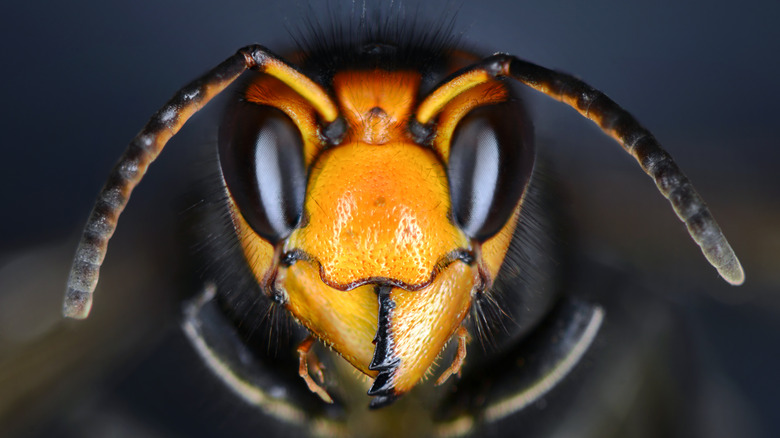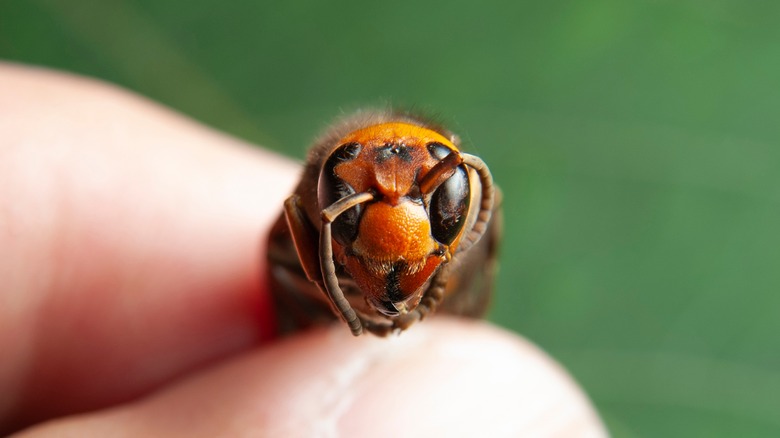How Drones Could Be The Key To Eradicating Murder Hornets
Scientists in Washington are planning to deploy drone technology to track and negate the threat posed by swarms of the Asian giant hornet, which has been given the nickname murder hornet. As per a report by Good Morning America, experts also plan to travel to South Korea to learn more about the species and will subsequently use drones to track the tagged hornets in hopes of finding their nests so that they can be destroyed.
The key objective is to track and contain these swarms before they breed. Notably, scientists haven't yet been able to deduce how far a hornet queen travels before the swarm comes to a halt and makes a nest. So far, scientists have relied on Bluetooth trackers to follow their path, but battery life and short range proved to be a major hurdle. Radio trackers have proven to be effective in the quest, but tracking a tagged hornet into the deep forest has its own risks to human life.
That's where the drone tech comes into the picture. An aerial vehicle with a receiver strapped to it will be a quicker and safer alternative for tracking these huge hornets. Even though the drone-assisted hornet eradication plans are yet to lift off, it would be the first time that these airborne vehicles are put to use for tracking hornets.
New name, old threat
"It's a lot easier to fly over the tree canopy and look for the signal that way as opposed to tramping through the forest," Karla Salp, Public Engagement Specialist at the Washington State Department of Agriculture (WSDA), was quoted as saying by the New York Post. Interestingly, the WSDA has adopted a new name for these insects and will now refer to them as the northern giant hornet based on the recommendation of the Entomological Society of America (ESA).
First discovered on U.S. soil in 2019, four nests of the Asian giant hornet have been destroyed in the country so far. One particular nest that was destroyed in 2020 in the Blaine region of Washington had produced 200 queens and was eradicated "just in the nick of time, as quoted by CNN. To assist in its pest control endeavor, the WSDA is also running a Citizen Scientist Trapping initiative for catching the northern giant hornet using bottle traps.
Said to be the largest hornets in the world that can grow up to 2-inches in size, they prey on honeybees and can be devastating for agricultural harvest (via WSDA). An attack by these hornets often leaves a pile of dead bees in its wake rotting outside their beehives, most of them lying headless. These hornets are often spotted building a nest in tree cavities, but underground colonies are also fairly common.

